The landscape of website design is continuously evolving, shaped by technological advancements, user behaviour changes, and the constant pursuit of a more effective digital presence. In this article, we delve into the latest trends in website design, highlighting innovations and shifts that are setting the tone for the future of web experiences. The Rise of Minimalism Minimalism continues to dominate the web design scene, advocating for a clean, uncluttered approach that prioritizes user experience. This trend emphasizes simplicity, using ample white space, minimal text, and large, impactful images to draw attention to the most critical elements of a website. The minimalist approach not only enhances aesthetic appeal but also improves site loading times and navigability, contributing to a more satisfying user experience. Embracing Dark Mode Dark mode has surged in popularity, offering a stylish look that’s easy on the eyes and extending battery life on OLED and AMOLED screens. More websites are incorporating a dark mode option, allowing users to switch according to their preference. This trend underscores the growing importance of user personalization in web design, catering to diverse user needs and comfort. Advanced Interactivity through Micro-Interactions Micro-interactions are small, interactive moments that engage users and enhance the feeling of direct manipulation. These can include animations that respond to scrolling, hover effects, and subtle sound effects. Micro-interactions add a layer of sophistication and engagement to websites, providing immediate feedback to users’ actions and making the browsing experience more dynamic and interactive. Mobile-First Design With mobile devices accounting for over half of global website traffic, the mobile-first approach to web design is more relevant than ever. This trend involves designing for the smallest screen first and scaling up, ensuring websites are optimized for mobile users. It emphasizes fast loading times, easy navigation, and touch-friendly interfaces, catering to the on-the-go user. AI and Machine Learning Integration Artificial intelligence (AI) and machine learning are increasingly being integrated into web design to personalize user experiences. Chatbots, for instance, are becoming more sophisticated, capable of handling complex interactions and providing personalized assistance. AI can also be used to personalize content, layout, and interactions based on user behavior, creating a more tailored browsing experience. Voice User Interface (VUI) As voice assistants like Amazon’s Alexa and Google Assistant become ubiquitous, voice user interfaces (VUI) are making their way into web design. VUI allows users to interact with websites through voice commands, offering an accessible and hands-free navigation alternative. This trend is particularly relevant for accessibility, making websites more usable for individuals with visual impairments or physical disabilities. Enhanced Imagery with Mixed Media Mixed media, which combines various types of content such as text, images, video, and animation, is a trend gaining traction in web design. This approach creates a rich, engaging visual experience that can convey complex ideas more effectively and keep users engaged longer. Parallax scrolling effects, where background and foreground content scroll at different speeds, often accompany mixed media, adding depth and dynamism to web pages. Focus on Sustainability Sustainability is becoming a significant consideration in web design, reflecting broader societal shifts towards environmental consciousness. Sustainable web design focuses on minimizing the carbon footprint of websites by optimizing for energy efficiency. This can involve reducing data transfer sizes, choosing eco-friendly web hosts, and streamlining the overall design to consume less power. Security and Privacy In an era where data breaches and privacy concerns are rampant, security and privacy features are becoming a critical part of web design. Websites are increasingly incorporating HTTPS, transparent privacy policies, and features that give users control over their data. This trend underscores the importance of building trust with users and protecting their information in a digital age. Continuous Scrolling The continuous scrolling trend, popularized by social media platforms, is increasingly being adopted by websites beyond social media. This design allows users to scroll through content endlessly, eliminating the need for pagination and making content discovery seamless. While not suitable for every website, continuous scrolling can enhance engagement and time spent on site for content-rich platforms. Inclusive and Accessible Design Accessibility is no longer an afterthought but a fundamental aspect of web design. Designers are focusing on creating websites that are usable for everyone, including people with disabilities. This includes adherence to Web Content Accessibility Guidelines (WCAG), using descriptive alt text for images, ensuring color contrast ratios meet standards, and designing for keyboard navigation and screen readers. As we move forward, these trends in website design not only highlight the industry’s ongoing innovation but also reflect a deeper understanding of user needs and behaviors. The focus on minimalism, interactivity, personalization, and accessibility underlines a shift towards creating more engaging, inclusive, and user-friendly online experiences. As technology continues to evolve, so too will the trends in web design, pushing the boundaries of what’s possible and redefining how we interact with the digital world.
- contact@skynexglobal.com
- Mon - Sat: 09:00 – 17:00


